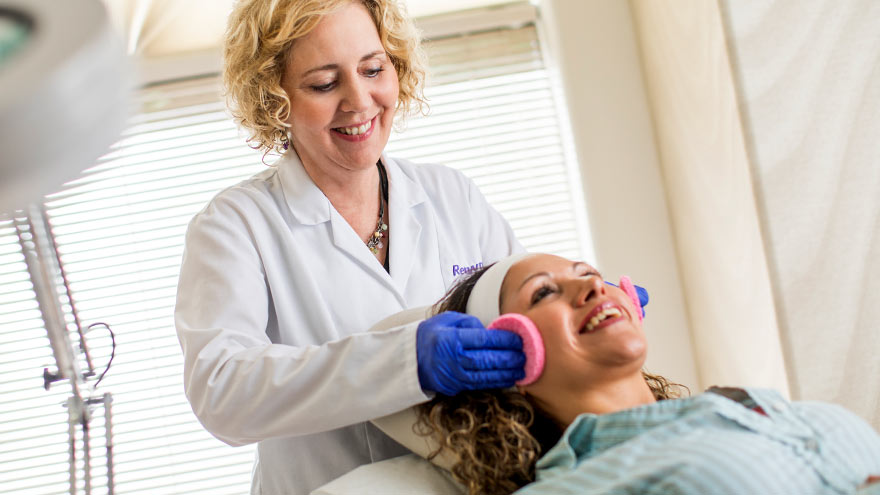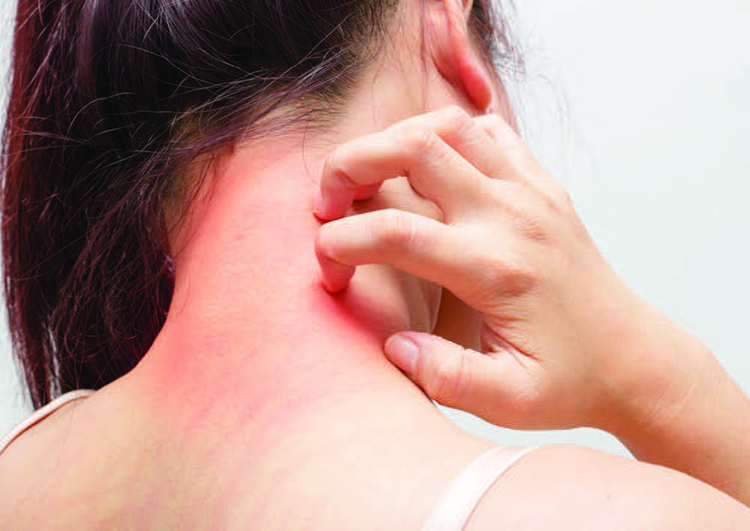Therapies for Hidradenitis Suppurativa in Therapeutic Dermatology

Hidradenitis suppurativa (HS) is a chronic and painful skin condition characterized by the formation of abscesses and tunnels under the skin, typically in areas with apocrine sweat glands. While there is no known cure for HS, there are several therapeutic approaches in dermatology that aim to manage symptoms, reduce inflammation, and improve the quality of life for affected individuals. This therapeutique dermatologique overview explores the significance and applications of therapies for HS.
Challenges in HS Treatment:
Hidradenitis suppurativa can be challenging to manage due to its chronic nature, the tendency for recurrent flare-ups, and the impact on a patient’s physical and emotional well-being. Traditional treatments often provide only partial relief.

Therapies for HS:
Therapeutic approaches for HS involve a combination of medical, surgical, and lifestyle interventions. Key components of HS therapies include:
- Topical and Oral Antibiotics:
Antibiotics such as clindamycin, rifampicin, and tetracyclines can be used to manage acute inflammation and infection associated with HS. These are often prescribed in the early stages or during flare-ups.
- Intralesional Steroid Injections:
Injections of corticosteroids into individual nodules or abscesses can help reduce inflammation and provide localized relief.
- Systemic Immunomodulators:
Immunosuppressant medications such as methotrexate or cyclosporine may be considered for patients with severe and refractory HS to modulate the immune response.
- Biologic Therapies:
Biologic drugs, such as adalimumab and infliximab, which target specific inflammatory pathways, have shown promise in reducing inflammation and the severity of HS symptoms.
- Surgical Interventions:
Surgical procedures, including incision and drainage, wide excision, and skin grafts, are options for more advanced cases of HS. Surgery can provide relief from abscesses and tunnels but may not prevent future flare-ups.
- Lifestyle Modifications:
Lifestyle changes, such as weight management, proper hygiene, and avoiding tight-fitting clothing, can help reduce friction and sweat in HS-affected areas.
- Pain Management:
Pain management strategies may be necessary to address the discomfort associated with HS, such as non-steroidal anti-inflammatory drugs (NSAIDs) or pain-relieving medications.
- Psychological Support:
Psychological support and counseling can be essential to address the emotional impact of HS, including depression, anxiety, and social isolation.
Challenges and Considerations:
Challenges in HS management include the need for individualized treatment plans, potential side effects of medications, and the chronic nature of the condition. Close monitoring and collaboration with healthcare providers are essential for optimal outcomes.
Key Takeaways:
- Therapeutique dermatologique for HS include antibiotics, corticosteroid injections, systemic immunomodulators, biologics, surgical interventions, lifestyle modifications, pain management, and psychological support.
- Challenges include individualized treatment planning, potential side effects, and the chronic nature of HS.
- Future implications involve ongoing research, improved patient outcomes, and comprehensive HS management.








